There’s no denying that That ’70s Show captured the general vibe of the decade, from bell-bottoms to basement hangouts. The series gave us a fun, nostalgic look at teenage life in the 1970s, but like any period piece, it wasn’t perfect. Sometimes, the show leaned more into ’90s humor or took creative liberties that didn’t quite match the era. While it got plenty right, here are some ways That ’70s Show actually missed the mark when it came to portraying the real 1970s.
1. The Hairstyles Were Too Modern
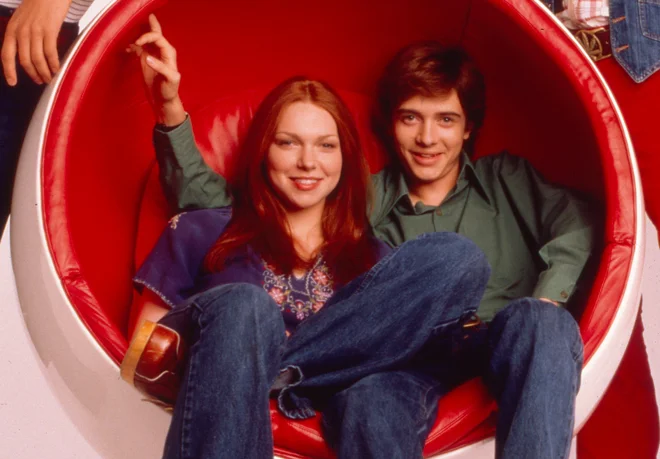
While the show featured some nods to ’70s hair trends, many of the characters’ styles leaned more toward the late ’90s and early 2000s. Donna’s sleek, straight hair looked more like something from a teen magazine in 1999 than a genuine ’70s look. In reality, popular hairstyles for young women included feathered layers like Farrah Fawcett’s or shaggy, natural waves. Even Eric and Hyde’s haircuts had a more modern, neatly trimmed look compared to the longer, looser styles most guys actually had back then. There’s also a lack of the disco and dance queen curls as displayed on Real Simple.
Even the sideburns and mustaches, which were a big deal in the ’70s, were downplayed on the show. While Hyde had some sideburns, they weren’t quite as dramatic as what you’d see on real teens of the era. Fez’s style was also more polished compared to the exaggerated disco-era looks many young men experimented with. That ’70s Show captured some aspects of ’70s fashion, but the hair often gave away its late ’90s roots.
2. The Teens Had Too Much Freedom

While it was true that teenagers had more independence in the ’70s compared to today, the level of freedom Eric and his friends had was exaggerated. The gang spent nearly all of their time in the basement, seemingly coming and going as they pleased, with barely any consequences. In reality, parents were often stricter, and curfews were common—especially in smaller towns like Point Place, Wisconsin. Even more lenient parents would have at least checked in more often, rather than just assuming their kids were always hanging out safely downstairs. The show doesn’t always quite match the experiences recorded in Jennifer Chronicles.
Laurie, Eric’s older sister, also seemed to have endless freedom with little interference from their parents. While some families were more relaxed, it wasn’t typical for a teenager to be that independent without at least some pushback. Red and Kitty might have been cool parents by ’70s standards, but even they seemed a little too unconcerned at times. The show leaned more into a ’90s-style portrayal of teen life rather than the more structured home life many kids actually had in the ’70s.
3. The Basement Was Way Too Nice
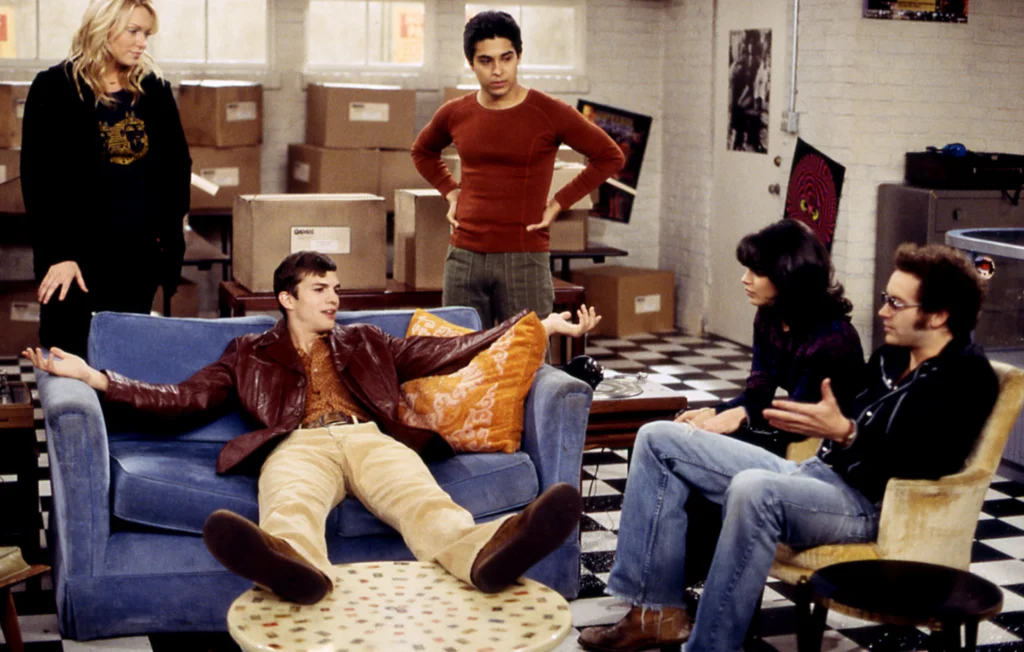
Eric’s basement became the ultimate hangout spot, but in reality, most basements in the ’70s weren’t that cozy. Basements were often damp, musty, and unfinished, with concrete floors and exposed pipes. While some families did have finished basements with paneling and shag carpet, it was rare for a teen to have an entire space completely to themselves like Eric did. Most kids who hung out in basements had to deal with laundry machines, storage boxes, and questionable heating. Basements were supposed to represent a different side of the ’70s than the styles shown in Country Living Magazine.
The furniture in Eric’s basement also looked a little too curated. A real ’70s basement hangout would have been filled with mismatched hand-me-downs, scratchy old couches, and maybe an old card table. The idea of having a full, uninterrupted teen sanctuary was more of a fantasy than a reality. If anything, the basement in That ’70s Show felt more like a sitcom set designed for comfort than a realistic slice of ’70s life.
4. The Slang Wasn’t Always Authentic
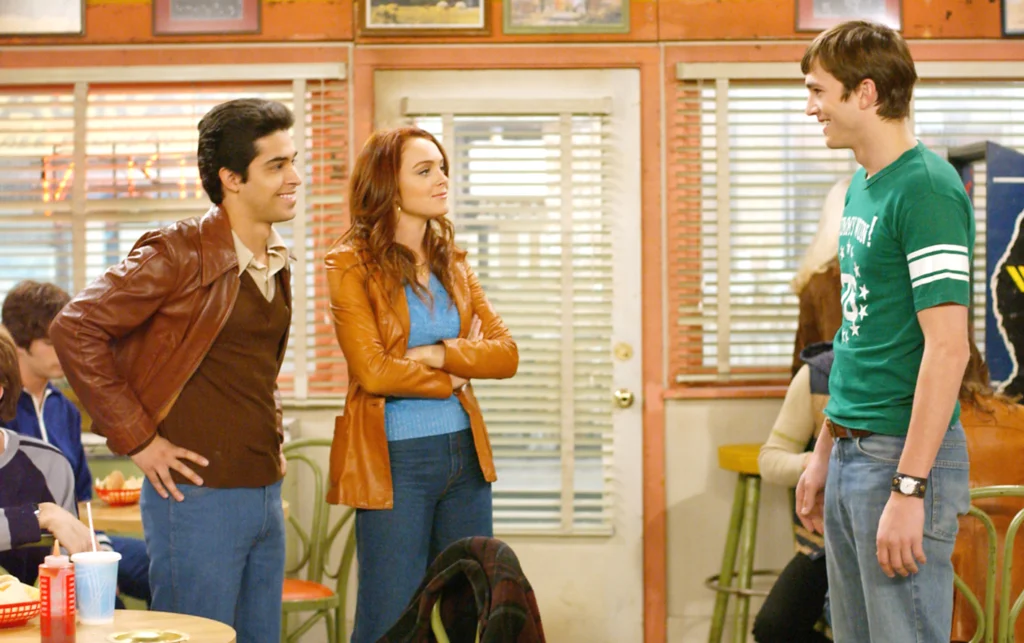
The characters threw around phrases like “burn” and “let’s jam,” but not all of the slang they used was actually from the ’70s. Some of the expressions felt a little too modern, while others were overused to the point of feeling forced. For example, while “far out” and “groovy” were definitely part of ’70s speech, they weren’t as common by the late ’70s, when the show was set. Some of the phrases were even lifted from ’90s teen culture rather than being true to the era. It just wasn’t as far out as what’s listed in Esquire.
Fez’s exaggerated use of words like “foxy” made it seem like people in the ’70s said it constantly, but in reality, it wasn’t as over-the-top. The show sometimes exaggerated these catchphrases to make sure audiences immediately recognized the time period. Meanwhile, other common ’70s phrases—like “right on” and “out of sight”—were barely used on the show at all. While the language wasn’t completely off, it sometimes felt more like a caricature of the era than an accurate portrayal.
5. The Music Choices Were Too Obvious

While the show had an incredible ’70s soundtrack, it often stuck to the biggest hits rather than capturing what everyday teens actually listened to. Songs from Led Zeppelin, Aerosmith, and The Steve Miller Band were featured heavily, but there was less variety than what you’d find in a real teen’s record collection. Many kids in the ’70s listened to more than just rock—disco, funk, and even bubblegum pop were huge, but the show downplayed those genres. There was also very little mention of AM radio, which was still a dominant way people discovered music.
The show also made it seem like every kid was a die-hard classic rock fan, when in reality, music taste was more diverse. The gang never really argued over music, even though real teens often had strong opinions about what was “cool” and what wasn’t. Hyde’s love for rock made sense, but even he barely acknowledged other influential ’70s genres like punk and new wave. While the music choices were great, they didn’t always reflect the full spectrum of what was playing in the ’70s.
6. Red Foreman’s Parenting Style Was Too Harsh
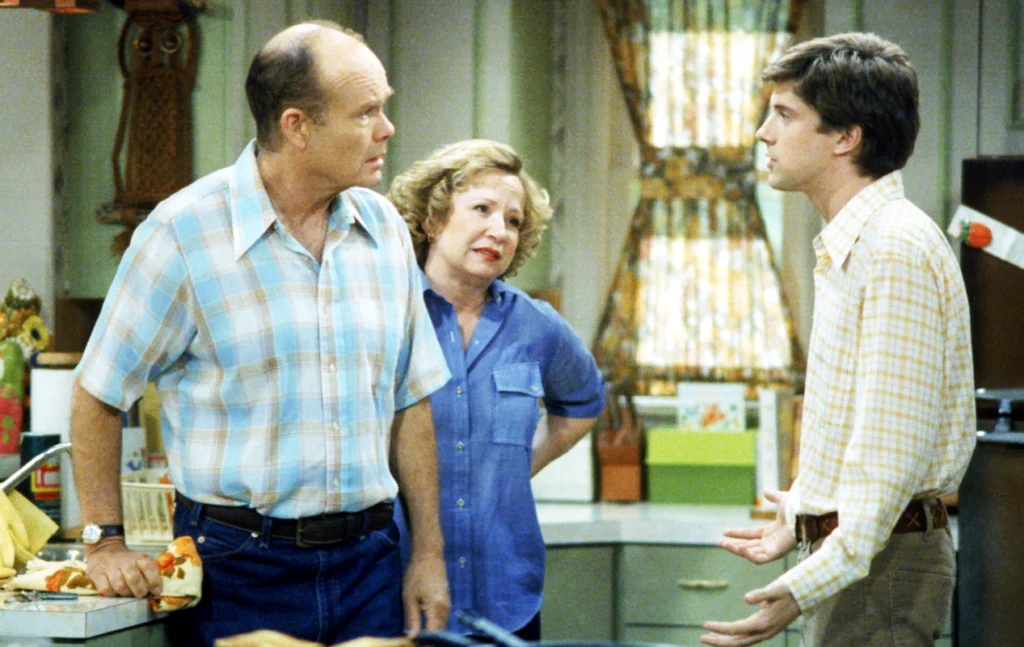
While Red Foreman’s tough-love parenting style made for great comedy, it wasn’t entirely accurate to how most dads acted in the ’70s. Sure, fathers were often stricter back then, but Red’s constant threats of putting his “foot in Eric’s behind” were exaggerated for laughs. In reality, many fathers of the time balanced discipline with a more relaxed approach, letting their kids learn from their mistakes. Red’s character sometimes felt more like a throwback to 1950s dads than a true representation of a ’70s father.
Kitty, on the other hand, was much more in line with the warm, supportive moms of the era. While she still had her comedic moments, her overall character felt more grounded than Red’s over-the-top gruffness. Most dads in the ’70s weren’t that hard on their kids, especially when it came to everyday teenage behavior. Red’s character worked for the sitcom format, but in real life, he might have been considered a little extreme.
7. The Cars Were Too Well-Preserved
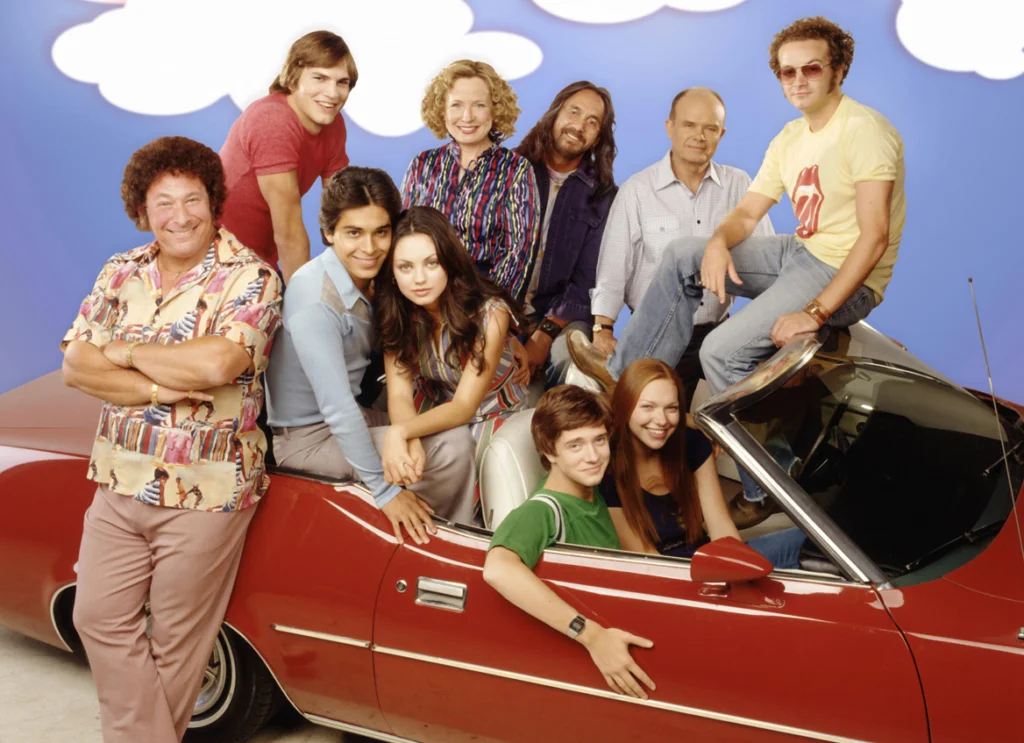
Eric’s Vista Cruiser was a perfect example of a classic ’70s station wagon, but most cars from that era didn’t look nearly as pristine. By the late ’70s, a lot of older cars had rust spots, faded paint, or worn-out interiors. Many teens drove hand-me-downs that had seen better days, not perfectly maintained classics. The show’s cars often looked like they had just rolled off the lot rather than having years of wear and tear.
Even Kelso’s love for muscle cars didn’t quite match reality—by the late ’70s, gas prices were rising, and a lot of young people were driving smaller, more fuel-efficient cars. While muscle cars were still popular, they weren’t as common among teenagers as the show made it seem. If That ’70s Show had been completely accurate, the gang’s cars would have had a lot more dents, duct tape, and mismatched parts. A little more realism in the wear and tear would have made the show feel even more authentic.
8. The Clothes Weren’t Always Accurate
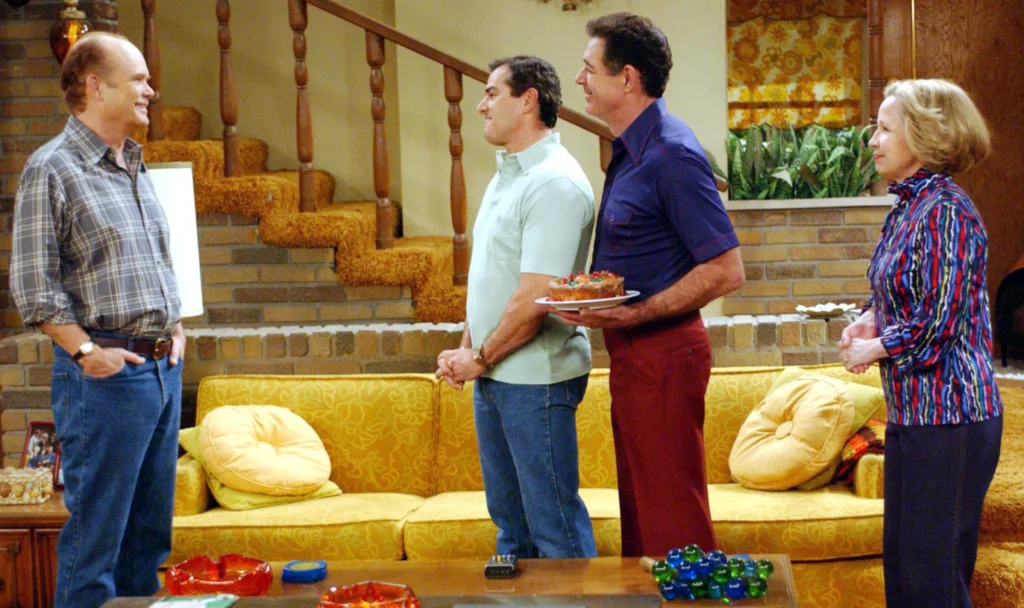
While That ’70s Show got a lot of the fashion right, some outfits looked more like a ’90s interpretation of the ’70s rather than the real deal. Donna’s fitted tops and bootcut jeans, for example, looked more like something from a Delia’s catalog in 1998 than something a real ’70s teen would wear. In reality, pants were often looser, and a lot of everyday fashion was more casual and less tailored than what the show portrayed. The characters’ outfits were a bit too polished, missing the slightly mismatched, carefree style of real ’70s wardrobes.
Another thing missing was the sheer amount of polyester and synthetic fabrics that dominated the decade. While the show featured bell-bottoms and a few groovy patterns, the slightly faded, well-worn look of ’90s casualwear still snuck in. In real life, high schoolers in the late ’70s rocked a lot more T-shirts with iron-on decals, plaid flannel, and wide-collar button-downs than what the show suggested. Some outfits hit the mark, but others felt more like a modernized take on the decade rather than the real thing.
9. The School Experience Wasn’t Quite Right

For a show about teenagers, That ’70s Show didn’t spend much time actually depicting what high school was like in the era. Most of the gang’s school scenes revolved around goofing off or skipping class, but in reality, the ’70s had much stricter school rules than what the show implied. Teachers and principals had more authority, and punishments like detention and even corporal punishment were still common in many places. There were also dress codes in most schools that would have made some of the characters’ outfits—especially Donna’s tank tops—a problem.
Another major difference was the lack of talk about vocational education or career tracks, which were a huge part of high school in the ’70s. Many students were steered into trade classes, home economics, or business courses, and there was much more emphasis on preparing for the workforce right after graduation. The gang seemed to float through school with little concern for their futures, but real students in the ’70s were often thinking about whether they’d go straight into a job, trade school, or college. The show gave a more relaxed, modern take on high school that didn’t quite reflect the expectations of the time.
10. Hyde’s Conspiracy Theories Were Too Modern

Hyde’s character was built around being a skeptic who distrusted the government, corporations, and pretty much any authority figure. While this matched the countercultural movements of the 1960s and early ’70s, by the late ’70s, conspiracy theories weren’t quite the same as the ones Hyde obsessed over. Many of his rants about government cover-ups and shadowy organizations felt more like things you’d hear in the late ’90s rather than the concerns of actual teenagers in 1979. In reality, by that time, the biggest conspiracy theories focused on things like Watergate, the moon landing, and CIA involvement in foreign affairs—not aliens or Big Brother-style surveillance.
Hyde’s character also seemed to borrow more from the grunge-era attitude of the 1990s rather than the laid-back rebellion of real ’70s stoners. His views on “The Man” and corporate greed felt more like something from a Seattle coffeehouse in 1995 than a basement in 1979. While there were definitely skeptics in the ’70s, most teenagers weren’t ranting about the kind of conspiracies Hyde fixated on. His paranoia made for some funny moments, but it didn’t always fit the actual fears of the time.
11. The Gang’s Pop Culture References Were Off
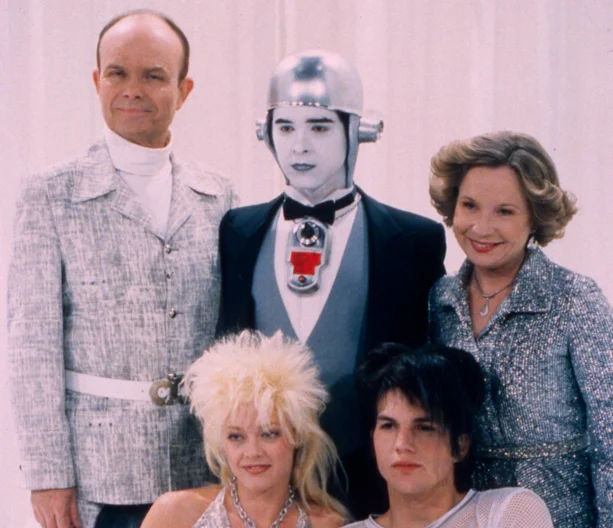
While That ’70s Show did its best to reference the biggest cultural moments of the era, some of the jokes and pop culture nods didn’t quite line up with the show’s timeline. For example, in early seasons, the gang makes references to things like Star Wars as if it had been part of their lives for years, even though it only came out in 1977. Similarly, Kelso’s obsession with Jackie Chan movies didn’t quite fit the time period—Chan wasn’t well-known in America until the ’80s and ’90s. Some music and movie references also felt more like things a late-’90s audience would appreciate rather than something a real ’70s teenager would bring up.
There were also times when the characters spoke about celebrities or trends in ways that sounded more like hindsight than in-the-moment reactions. For example, KISS was already big in the ’70s, but they weren’t necessarily viewed as the legendary rock gods the show made them out to be at the time. Similarly, the characters sometimes talked about ’70s icons with the kind of reverence that didn’t really happen until later. While the show got a lot right, it sometimes treated ’70s pop culture as if it was already nostalgic rather than something happening in real time.
12. The Timeline Was All Over the Place
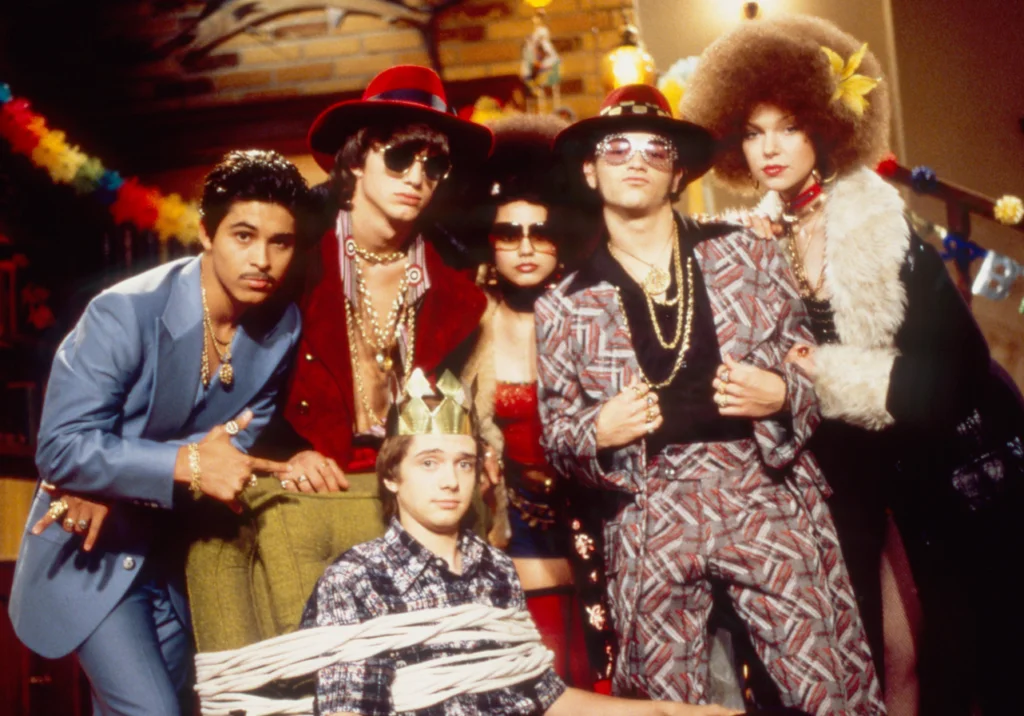
For a show that spanned eight seasons, That ’70s Show had a pretty strange approach to time. The show was supposed to take place between 1976 and 1979, but despite running for eight years, the characters barely aged. There were references to Christmas and other seasonal events multiple times, even though the timeline didn’t seem to move forward in a logical way. By the final season, the show was still set in the ’70s, even though it had been on the air long enough for the real world to be in the mid-2000s.
This made for some odd continuity issues, like how the gang never seemed to move past the same three-year stretch. The biggest example of this was how Star Wars was always being referenced as if it had just come out, even years after its 1977 release. Other major ’70s events, like the energy crisis, the rise of disco, and political changes, were barely acknowledged, even though they would have impacted everyday life. While the show wasn’t meant to be a history lesson, its stretched-out timeline made it feel more like a cartoon version of the ’70s rather than a real snapshot of the decade.
While That ’70s Show did a great job capturing the general spirit of the decade, it definitely took some creative liberties. From modern hairstyles to overly perfect cars, some details were more sitcom-friendly than historically accurate. Still, the show remains a nostalgic favorite, even if it wasn’t always true to life. If nothing else, it gave us a fun, exaggerated version of the ’70s that we can still enjoy today.


